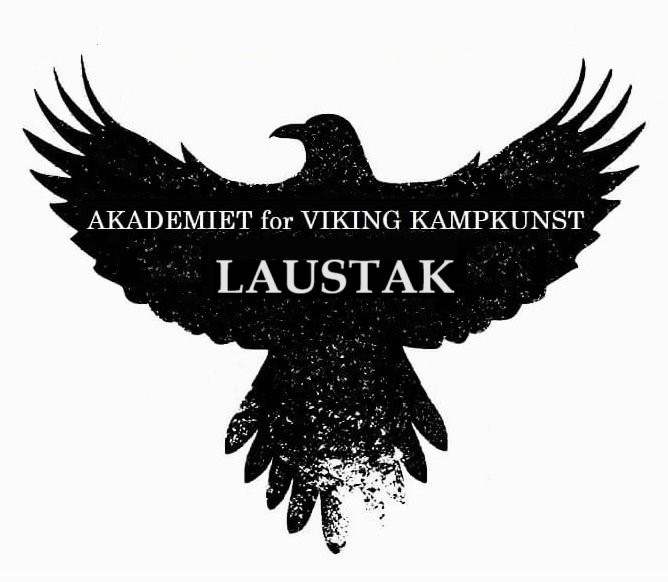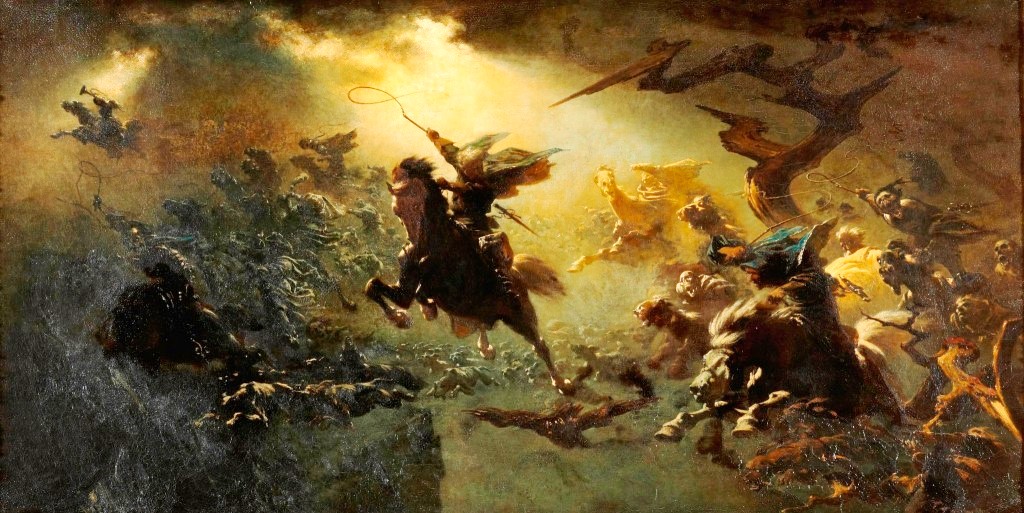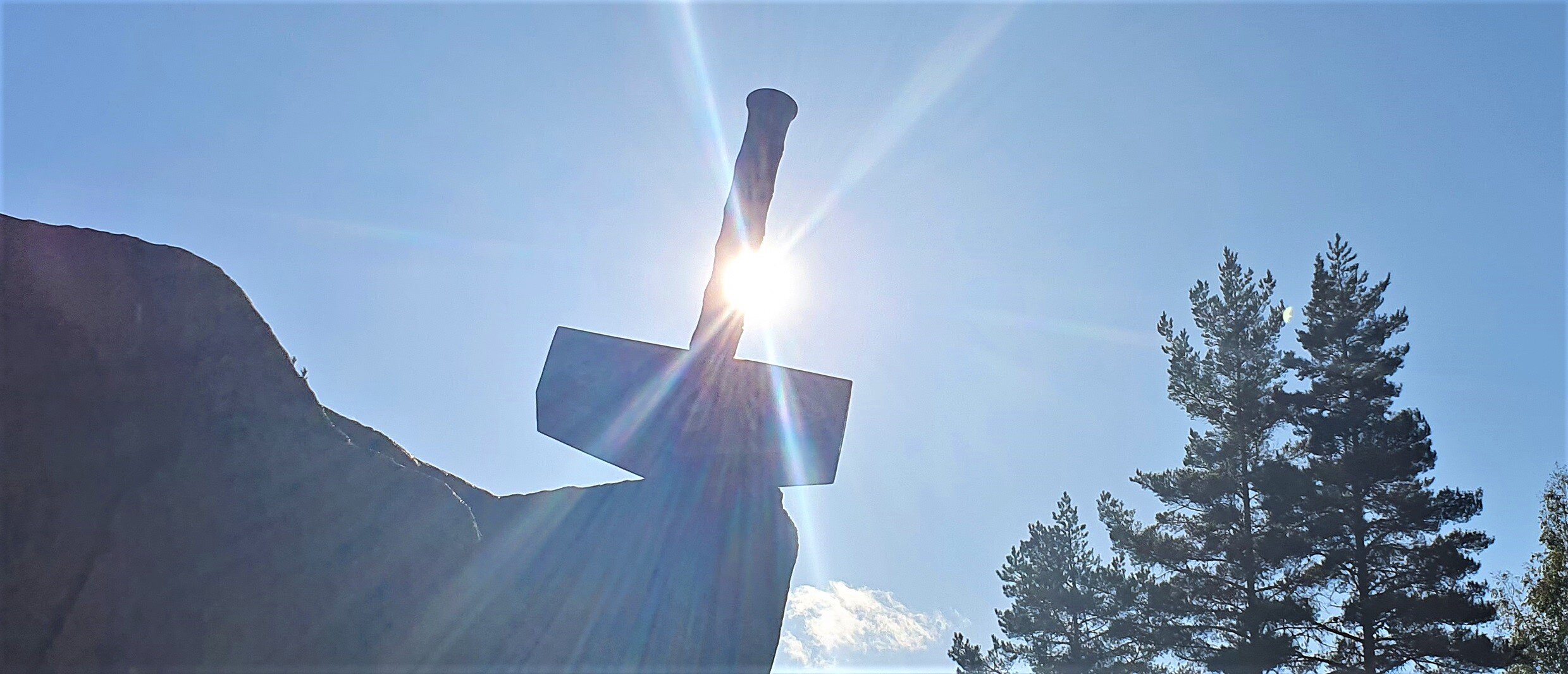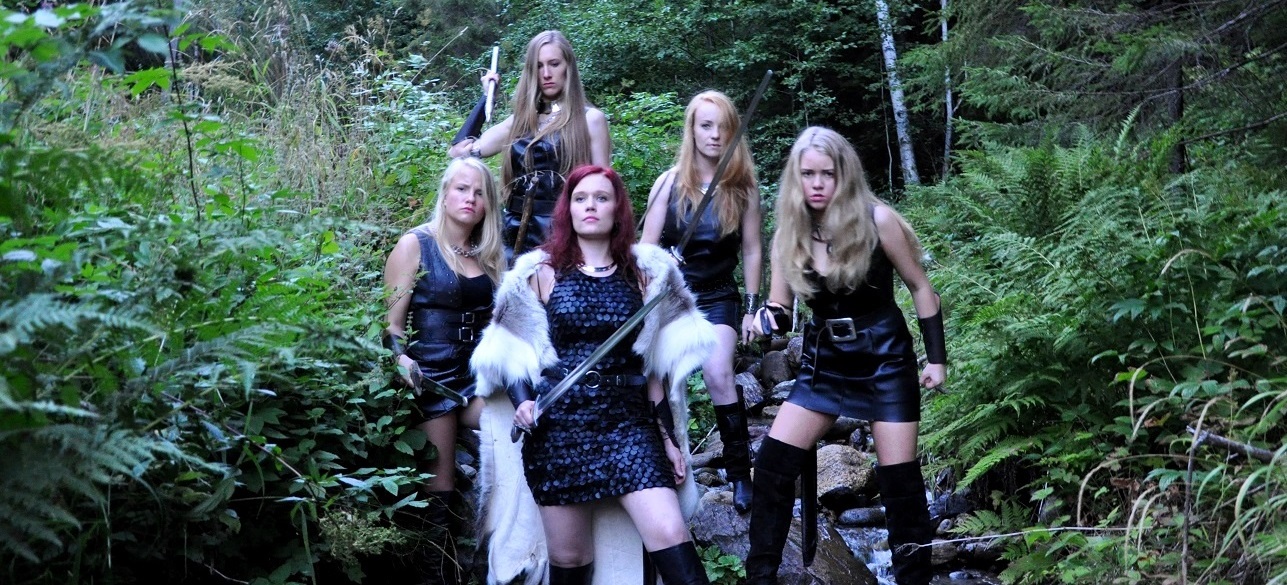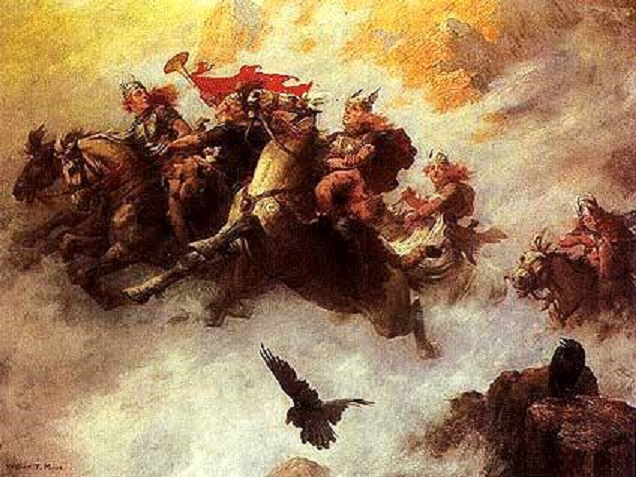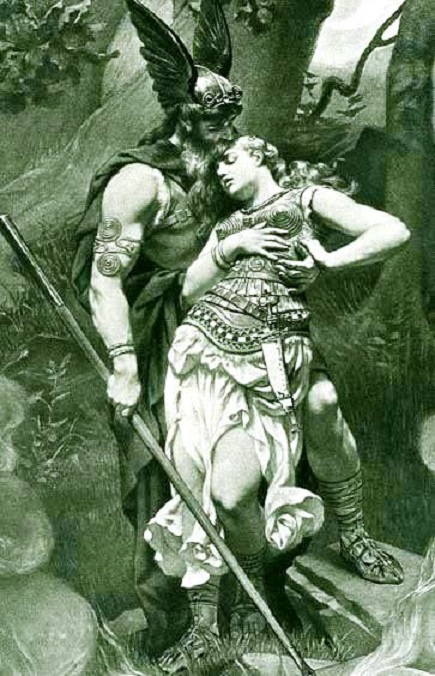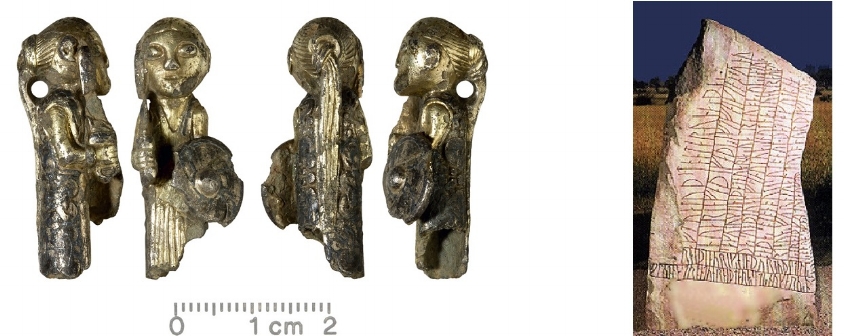Spirituality was an integral part of the Norse people. It was a part of everything they were, in a way that is difficult for us born in this modern world to understand. For the Scandinavian people of the Viking Age, everything in nature had a spirit. For these people, it was important to communicate with spirits and cultivate their own strong spirit.
Much of our understanding of Viking spirituality comes from Norse Mythology. Mythology is a collection of sacred stories of a religious or cultural tradition. A culture's collective mythology helps convey explain nature, history, customs, and a culture’s spirituality.
In Norse mythology, there are stories about interpreting dreams and the sacrifices. According to these sacred stories, everything in the universe is physically connected, and everything is spiritually connected.
There were and are many spiritual paths in Viking spirituality. Seiðr, galdr, utesitting and runes are forms of coming in contact with spirituality. There are Norse ceremonies that follow year cycles and phases of the moon. In Old Norse, seiðr was a type of sacred ritual which was practiced in Norse society during the Viking Age.
Our ancestor’s wisdom can be found in the Norse myths, in the Edda poems and sagas. Wisdom and understanding can be found in Norse myth stories about the world's creation, destruction and renewal. Urkraft, a name for ancient power, is a strong and free power, which can't be suppressed or manipulated.
Viking spirituality has many similarities with Sami shamanism and other shaman traditions around the world. The Norse vǫlva (a female shaman or seer) and Seiðmenn (seið-men) had a thorough understanding of healing herbs found in nature, energies, spirits and wisdom. Vǫlva in Old Norse means "wand carrier" or "carrier of a magic staff". Practitioners of seiðr were predominantly women, vǫlva or seiðkona, seiðr-woman or seiðr-wife". There were male practitioners, seiðmaðr, seiðr-man, as well, but this was deemed unmanly.
There is not a lot written about Norse spirituality, and a lot of the Viking's spirituality is very misunderstood, but spirituality was a major part of a Viking's life. Spirituality is very important regarding the way the Norse people and especially Viking warriors lived. A major part of this spirituality was connected to fate and destiny and the understanding of life after death.
To live not just without fear of death, but to live and fight knowing that you would live again and serve a greater purpose, gives a freedom to live and fight without reservation that is hard to imagine for most people today. This wasn't a question of belief, these people knew that this was the way of things, which made it possible to live and fight to the fullest.
